Demographics by Address: Crafting a Data Tool for an Underserved Niche
Yesterday, I showcased my real estate expertise; today, I'm diving into the world of data! In this post, I'll discuss the business justification for building an app that helps users access demographic data more efficiently. I believe there's a gap in the market, as current solutions don't cater to the ~6.15k high-intent monthly potential traffic for "demographics by address" and related searches. With my new app, I aim to create an impact in this space and make demographic data more accessible for real estate investors and professionals. Plus, it will tie in nicely with my other ongoing project for tax-defaulted property investing.
What am I building
If you're in the commercial real estate (CRE) industry, you're likely familiar with ring-radius demographics, as seen most frequently in broker offering memorandums. To simplify the process of obtaining demographic data, I'm building a tool that allows users to input a list of addresses manually or via upload and receive back ring-radius demographic data directly from the Census Bureau. In addition to custom distance ring-radius data (1mi, 3mi, 2.13mi, etc.), the tool will offer other options such as Census Block (600-3k population), Census Tract (4k avg population), ZIP, City, MSA, State, and Region.
Designed with a straightforward user interface and a robust backend API, this app will cater to both regular users and developers.
Why do I want to build this
Demographic data is essential for real estate investing. For example, with a tax lien ranking algorithm, I can query the radius demographics of each property listed in a live tax lien auction and sort them by my preferred criteria.
My SEO research indicates that there's an untapped market with ~6.15k monthly traffic potential and moderately low keyword difficulty. A closer look at the top search results for "demographics by address" reveals that none of the existing solutions efficiently serve users' needs.
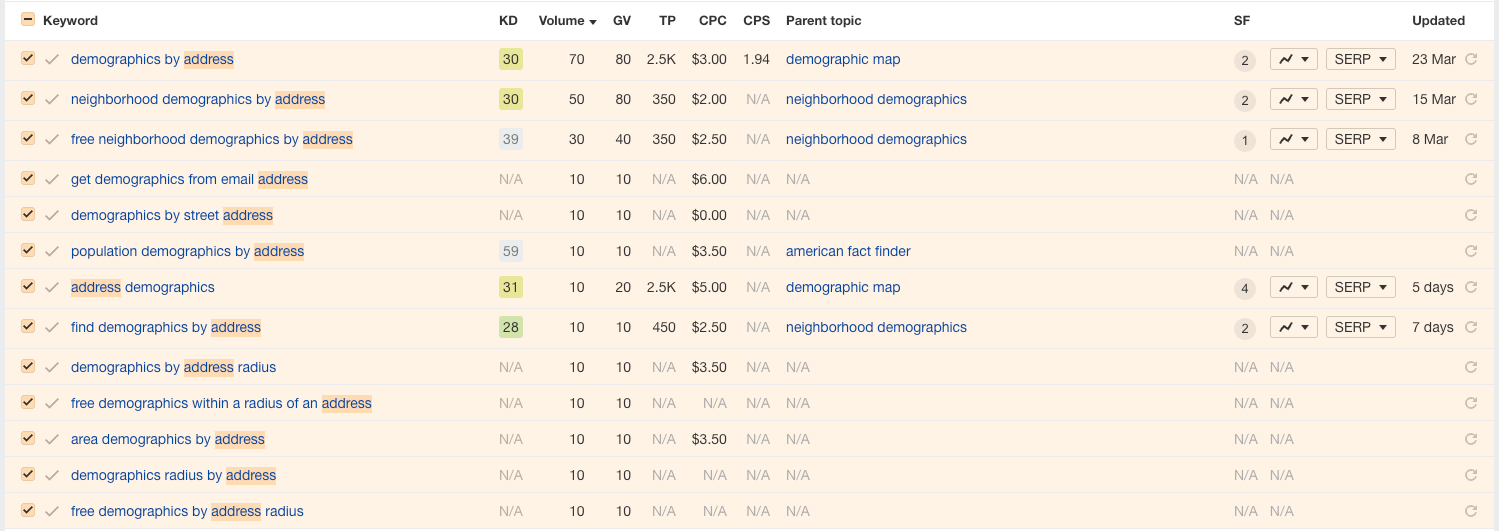
The searcher has clearly high intent. They want to pull demographics by address. But if I look through the top results, nothing immediately and clearly serves the user's need. I invite you to check out any of the top results for "demographics by address" and tell me if you think they serve the user's need quickly and efficiently. I sure think they don't. For reference, here are the top results as of this writing:
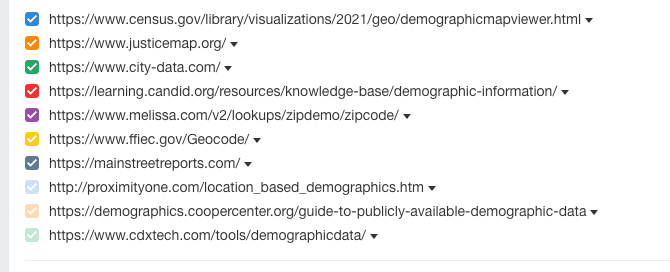
Not a single one of these gives the user what they want in just a few seconds, so I think I can make an impact and perhaps pick up some of that ~6.15k monthly traffic.
Consider this scenario: you're an investor, consultant, or investment banker working late into the night, needing demographics for a pitch deck due the next morning. You have hundreds of addresses to pull data for, and the top search results are anything but helpful. That's where my app comes in, filling the gap and providing a more efficient solution. Do you think any of the above top links (or quick screenshots below) quickly serve your pressing need?
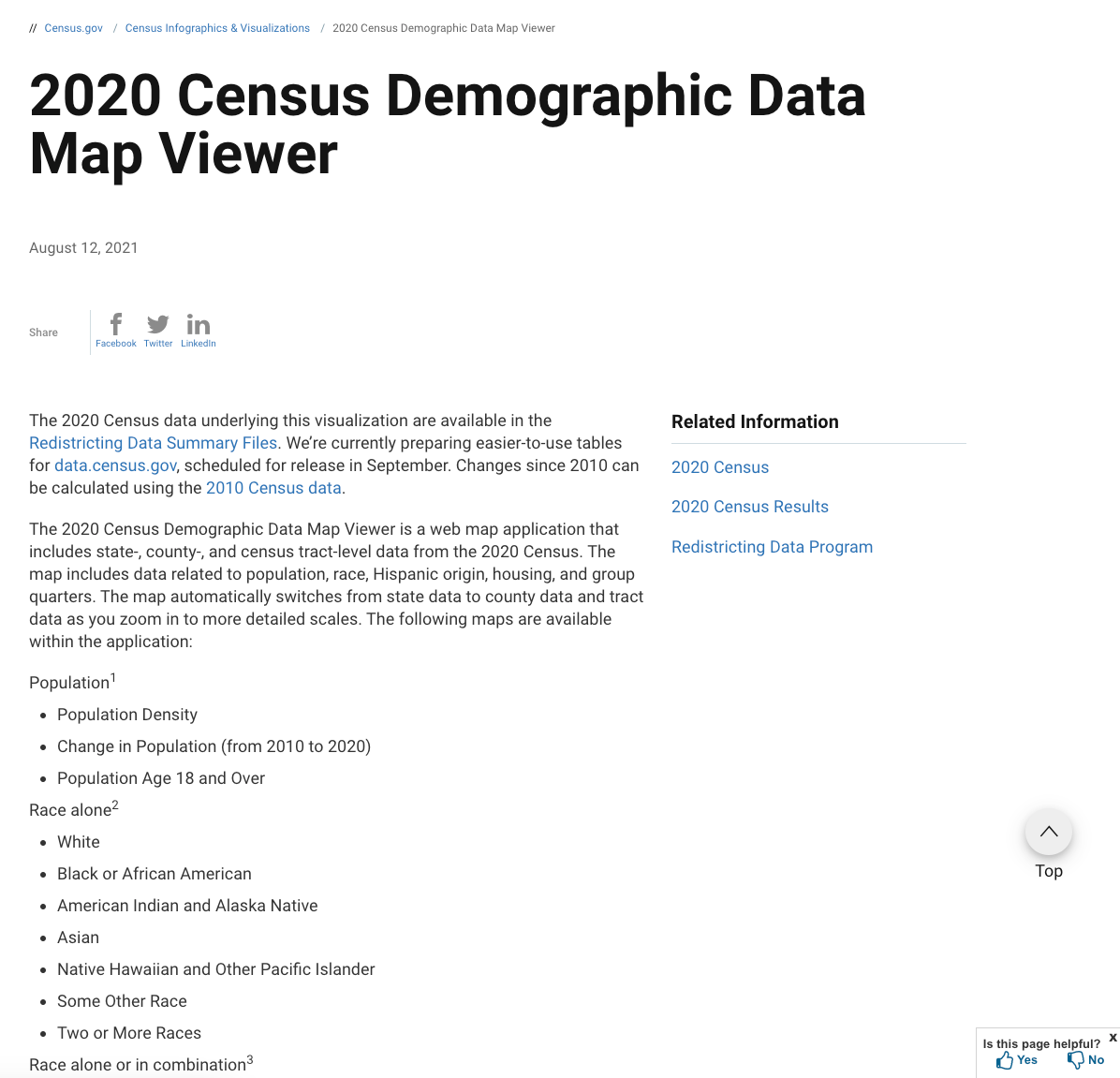
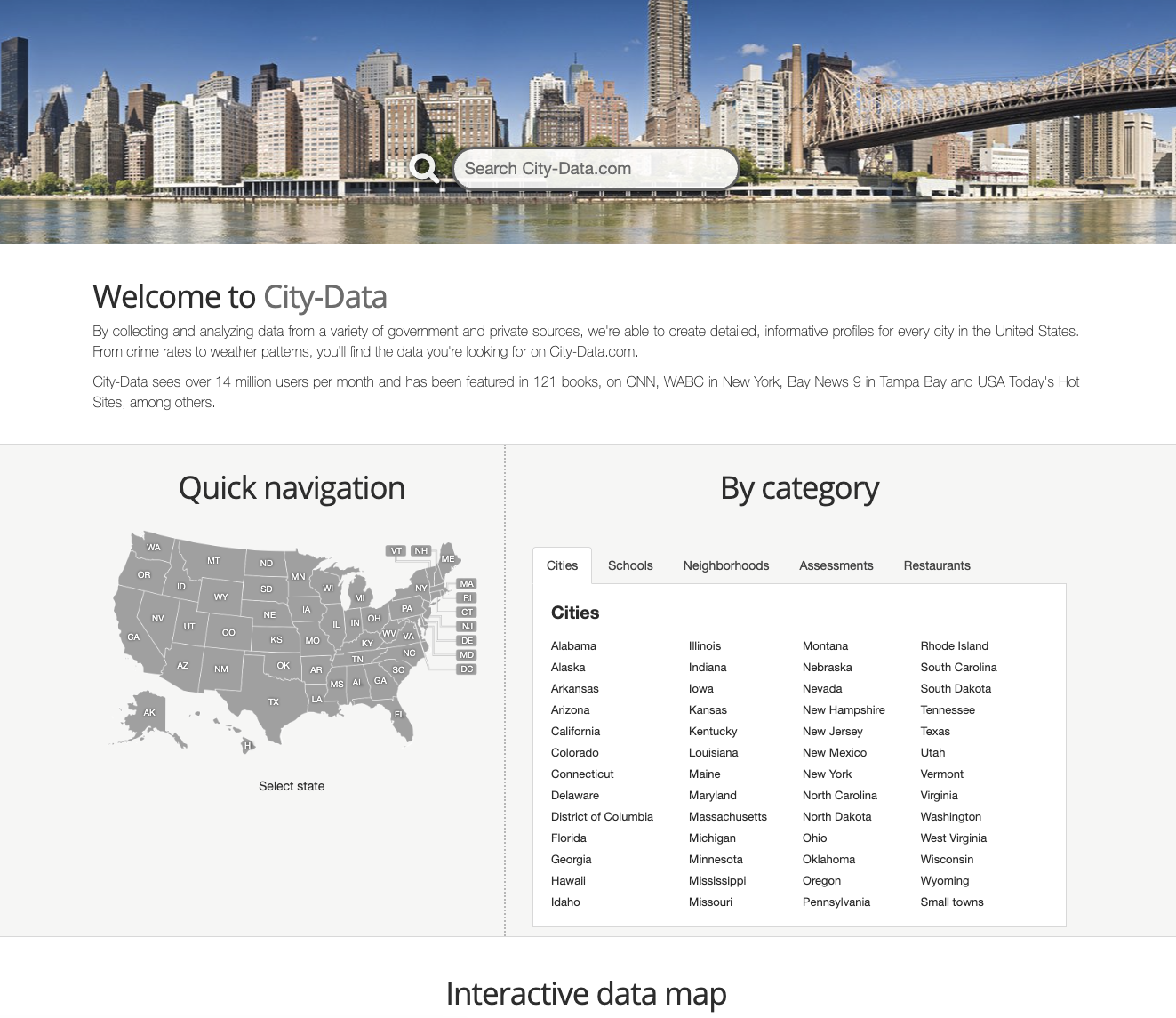
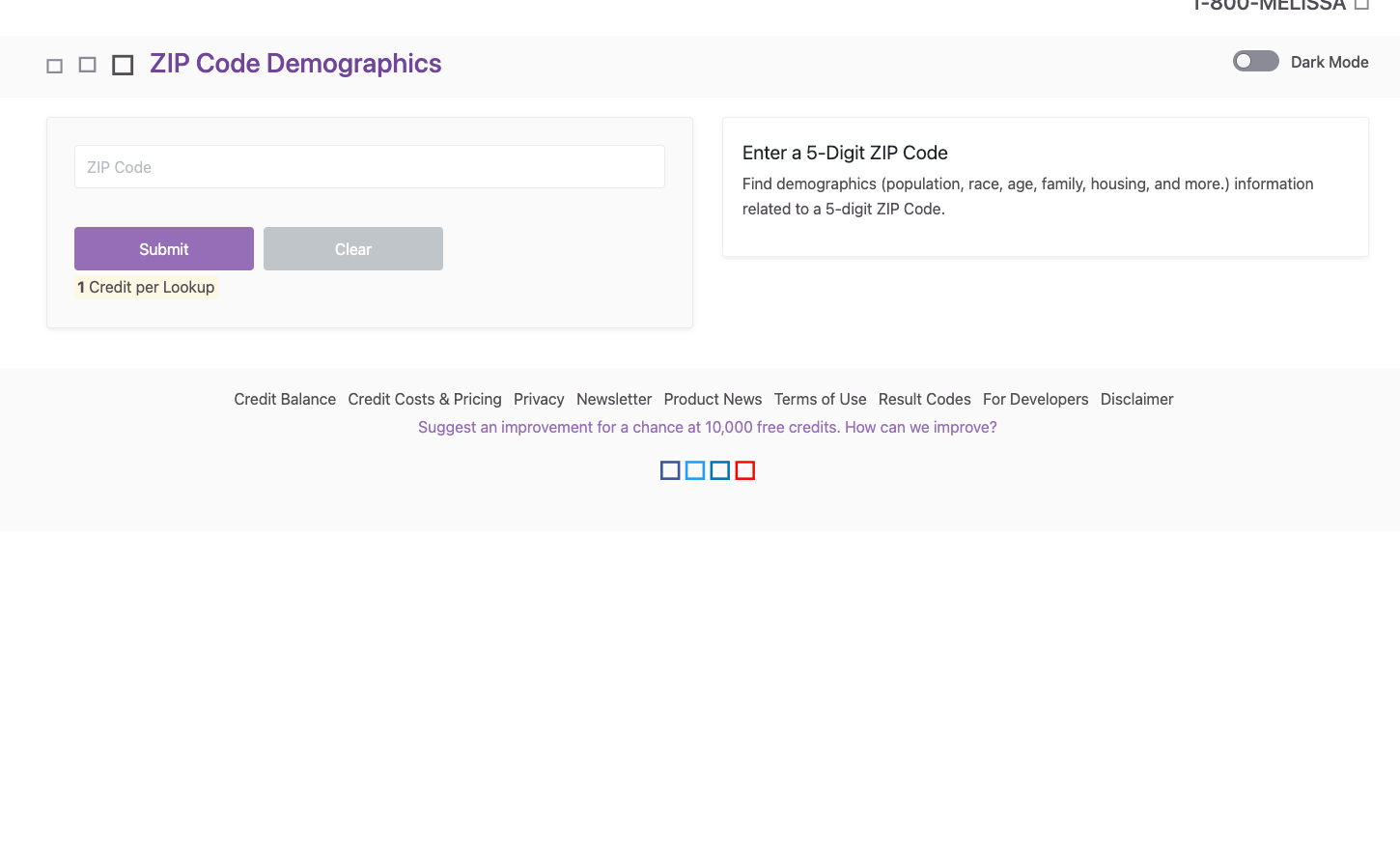
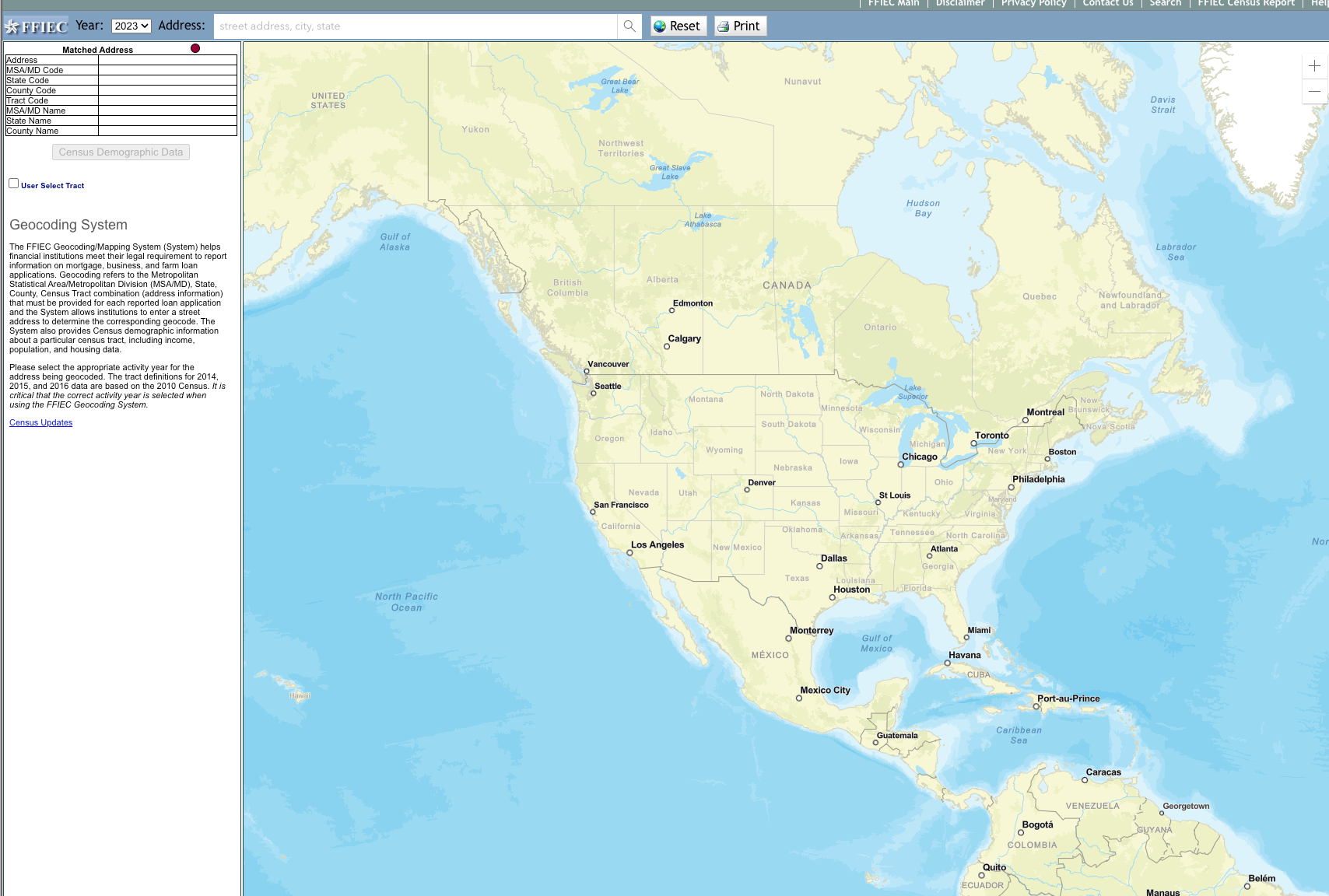
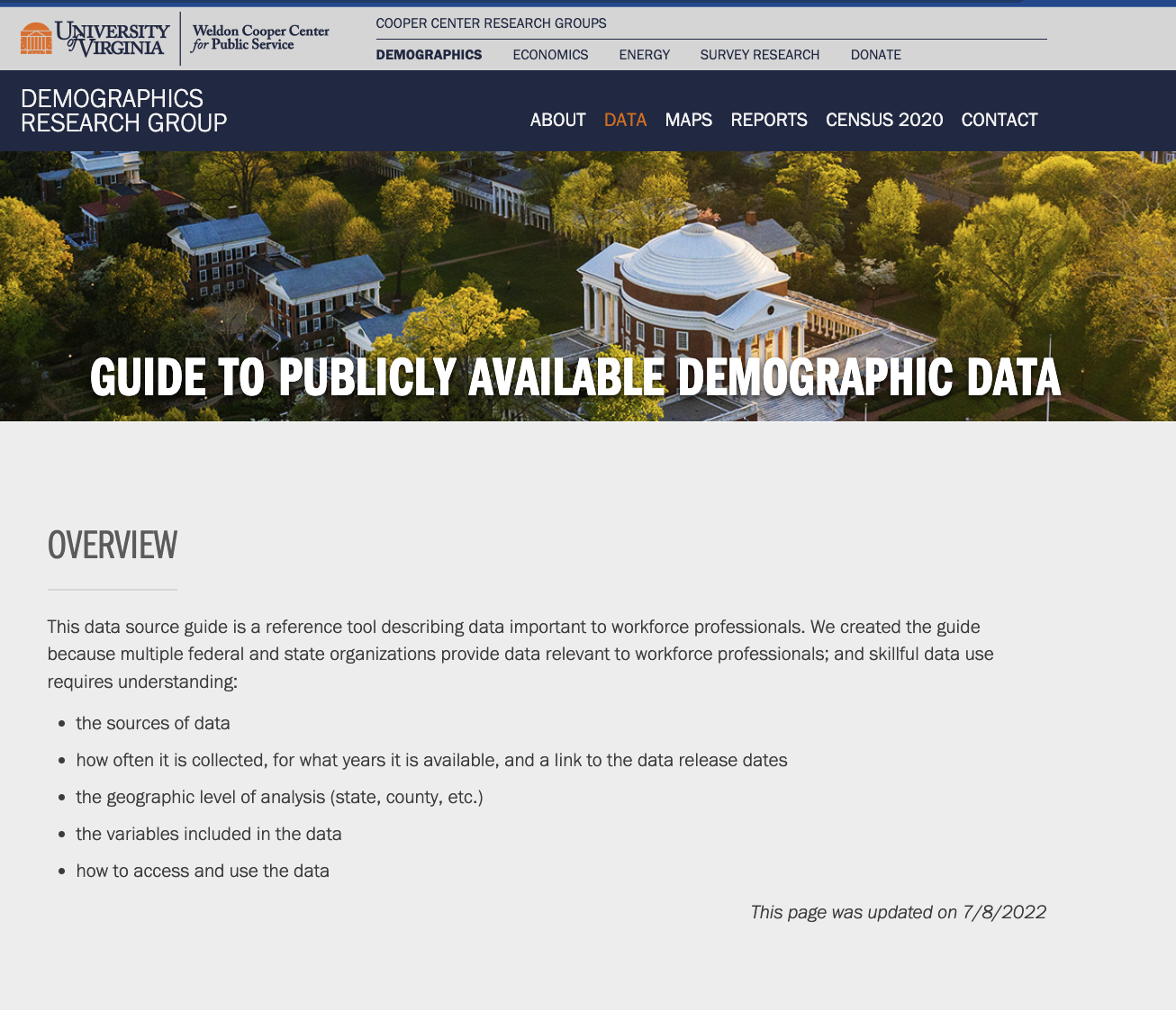

Requirements
To create a tool that outshines the competition, I've listed the following requirements:
Inputs:
- Quick address input like ExtractTable
- CSV/XLS/XLSX upload for multiple addresses with guidance on column names
- Manual input for single or multiple addresses
- Option to provide lat-lon combinations if user has already geocoded their addresses
- Selection of demographic information (Population, Income, etc.)
- Choice of geographic granularity (census block, census tract, ZIP, City, State, MSA, Region, etc.)
- Specifying the desired ring radius
- Dataset and date of information availability
Outputs:
- Well-formatted web table
- Downloadable CSV / XLS / XLSX file (front-end) or JSON response (API)
- Output including address, geocached latitude and longitude, requested geographies, and associated values
FAQ Section:
The site will feature an FAQ section addressing questions about credits, purchasing more credits, supported file types, discounts, desktop licenses, purchase receipts, and information storage.
Monetization:
The app will charge users based on API access token volume, with tokens covering Rows x Columns. Clear and efficient pricing will incentivize bulk token purchases. Users can run queries via API or front-end, with identical token pricing.
Next Steps for the Demographic Data App Project
Now it's time to get building! Below is my plan for next steps to see this project through to an MVP.
1. Project Planning and Research
- ✅ Define project goals: Build a tool that allows users to input a list of addresses and receive back ring-radius demographic data supported by information from the Census Bureau.
- ✅ Identify target audience: Real estate investors, consultants, investment bankers, and others in need of quick and efficient demographic data.
- Conduct market research: Assess the strengths and weaknesses of competitors, such as Esri, PolicyMap, and Social Explorer, to identify gaps in the market and potential areas for improvement.
- Determine technical requirements: Select the appropriate geographic granularities (e.g., Census Block, Census Tract, ZIP, City, MSA, State, and Region) and demographic information (e.g., Population, Income) to include in the app.
2. Design
- Create wireframes and mockups for the app interface using Figma, focusing on a straightforward User Interface and an easy-to-use address input method (manual or upload).
- Design a clear and efficient pricing structure for API access tokens that incentivize users to make bulk purchases.
- Gather feedback from potential users, such as real estate investors and consultants, to ensure the app meets their needs and expectations.
- Consider possible additional features, like the tax lien ranking algorithm, to further enhance the app's value for users.
3. Development
- Choose the appropriate back-end framework (e.g., FastAPI or Django) and front-end framework (e.g., React) based on project requirements and personal preferences.
- Write the API to fetch demographic data from the Census Bureau, incorporating the selected geographic granularities and demographic information.
- Develop algorithm for computing ring-radius demographics with Census data.
- Develop the token volume system in the chosen back-end framework to handle user queries and API access.
- Build the front-end interface using the chosen front-end framework, ensuring a seamless user experience.
4. Testing
- Perform rigorous testing of the app's features, including address input (manual and upload), demographic data fetching, and token volume system, to identify and fix any bugs or issues.
- Conduct usability tests with potential users to gather feedback on the app's ease of use, design, and overall functionality.
5. Deployment
- Set up the app infrastructure on a reliable cloud service provider, such as AWS.
- Configure the app for optimal performance, security, and scalability, taking into consideration the anticipated traffic and user base.
- Monitor the app's performance post-launch and make any necessary adjustments to ensure a smooth user experience.
6. Marketing and Promotion
- Develop a marketing strategy targeting the specific audience (real estate investors, consultants, investment bankers) through online channels, such as social media, content marketing, and SEO.
- Continue to market my development of this app on my personal blog highlighting the app's features, benefits, and real-world use cases.
- Reach out to influencers and thought leaders in the real estate and demographic data industry to spread the word about my app and gather endorsements.
7. Maintenance and Updates
- Continuously monitor user feedback and app performance to identify areas for improvement or enhancement.
- Regularly update the app with new features, demographic data, and functionality based on user needs and market trends.
- Provide prompt and reliable customer support to address any user questions, concerns, or issues.
8. Assess and Iterate
- Regularly assess the app's success in terms of user engagement, feedback, and market impact.
- Use data-driven insights to inform future updates, enhancements, and marketing efforts.
- Stay ahead of the competition by continuously innovating and adapting to the changing landscape of real estate investing and demographic data analysis.
That's my blog for today! Time to put my head down and start building.